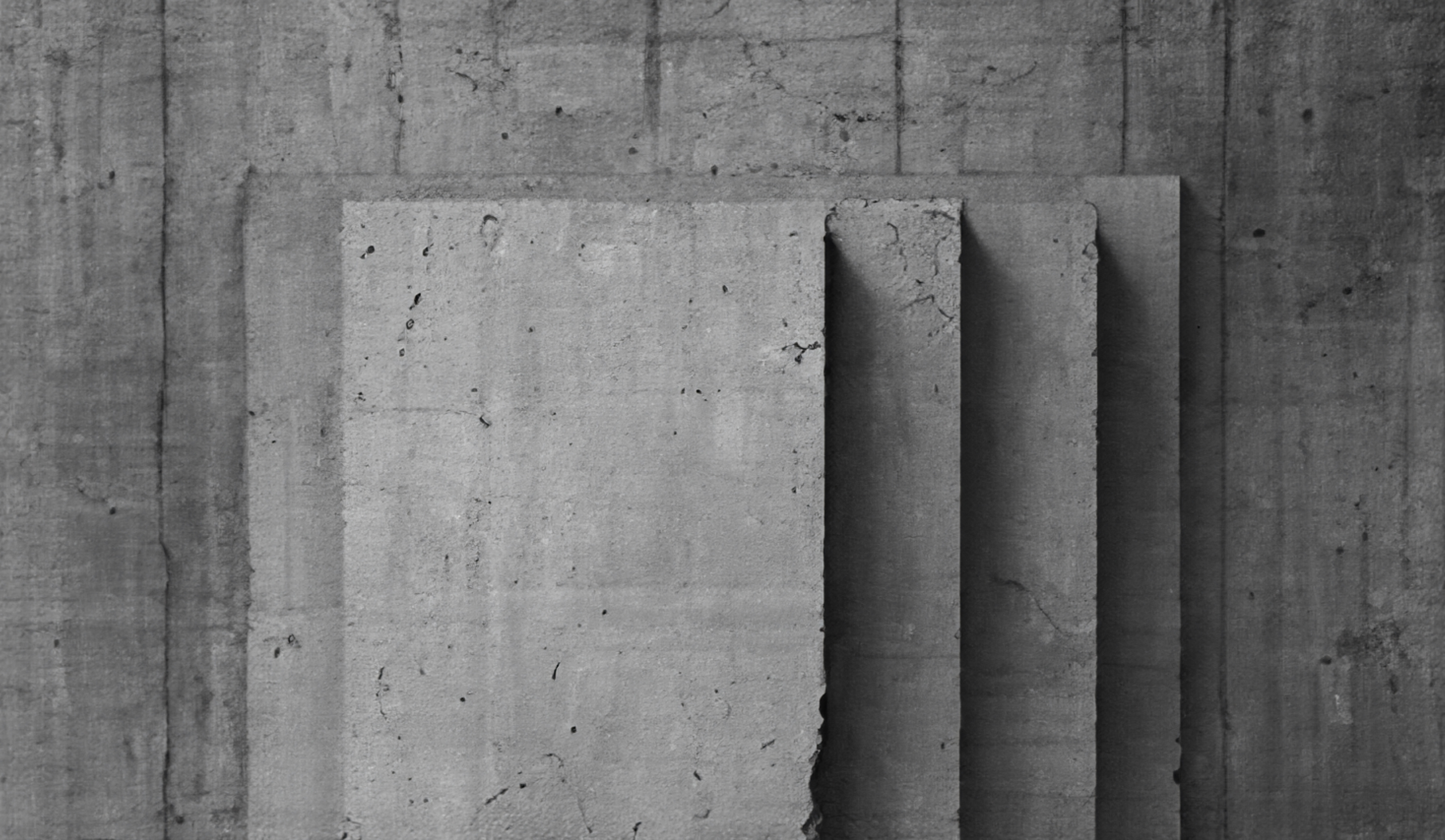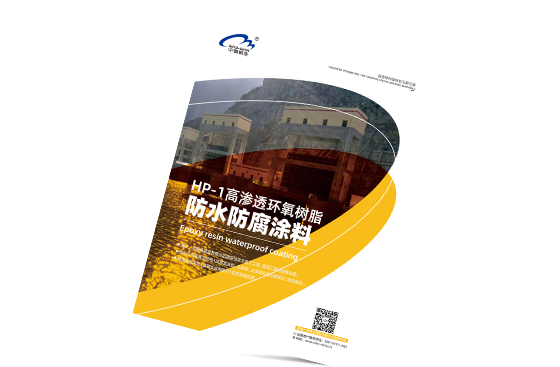Essential Guide to Concrete Repair: Techniques and Best Practices
Release Time:
2024-11-16 09:00
Concrete is a durable and versatile material commonly used in construction, but it is not immune to wear and tear. Over time, various factors such as weather conditions, heavy loads, and even improper installation can lead to cracks, spalling, and other forms of damage. Addressing these issues promptly through concrete repair is crucial to maintaining structural integrity and aesthetic appeal.
This guide provides an overview of essential concrete repair techniques that can be employed to restore both functionality and appearance.
1.One of the most common issues with concrete surfaces is cracking. Cracks can occur due to shrinkage, thermal expansion, or excessive load. For minor cracks, a straightforward repair method is to use a concrete patching compound. This type of product is designed to fill in and seal cracks, effectively preventing further water infiltration and damage. When applying a patching compound, it is vital to clean the area thoroughly and ensure that the surface is dry for optimal adhesion.
2.For more extensive damage, such as large cracks or spalling, a more comprehensive approach is required. In such cases, the use of epoxy injection can be highly effective. This technique involves injecting a specialized epoxy resin into the cracks, which bonds the concrete together and restores its strength. Epoxy injection is particularly useful for structural repairs and is often employed in foundations, bridge structures, and similar applications.
3.Another technique to consider is resurfacing, which is ideal for surfaces that exhibit significant wear or aesthetic issues. Concrete resurfacing involves applying a thin layer of new concrete or a polymer-modified overlay over the existing surface. This method not only improves the appearance of the concrete but also provides a protective layer that can extend the life of the underlying material.
4.Preventive measures can significantly reduce the need for concrete repair in the first place. Proper installation techniques, including ensuring adequate drainage and expansion joints, can help mitigate issues related to moisture and thermal expansion. Regular maintenance, such as sealing the surface and promptly addressing any minor cracks, can also prolong the lifespan of concrete structures.
5.In conclusion, concrete repair is an essential aspect of maintaining the integrity and appearance of concrete installations. By understanding the various techniques available, such as crack sealing, epoxy injection, and resurfacing, property owners and builders can effectively restore damaged surfaces. Implementing preventive measures is equally important, as it can help avoid substantial repairs in the future. Whether dealing with minor aesthetic issues or significant structural damage, being informed about concrete repair options can lead to better decision-making and improved outcomes.

Latest News
High-Performance Cement Additive Redefines Green Construction Materials with Unmatched Strength and Sustainability
Effortless Strength: The Advantages of Carbon Fiber Wrap for Concrete Applications Table of Contents 1. Introduction to Carbon Fiber Wrap 2. What is Carbon Fiber Wrap? 3. Benefits of Carbon Fiber Wrap for Concrete 3.1 Enhanced Durability 3.2 Lightweight Properties 3.3 Flexibility and Versatility 3.4 Cost-Effectiveness
Concrete is a widely used building material known for its durability and strength. However, over time, environmental factors, heavy loads, and general wear can lead to the deterioration of concrete surfaces. Effective concrete repair is crucial for maintaining structural integrity and extending the lifespan of concrete installations. This guide explores essential methods and considerations for pro
Elevating Aesthetics with UHPC Facade Solutions: Transforming Architectural Design Table of Contents 1. Introduction to UHPC Facade Solutions 2. What is Ultra-High Performance Concrete? 3. The Advantages of Using UHPC for Facades 3.1 Exceptional Durability and Longevity 3.2 Aesthetic Versatility and Design Freedom 3.3 Sustainability and Environmental Benefits 4. Applications of UHPC in Modern Arch
Carbon fiber wrap is an advanced material that has gained traction in various industries, including construction and decorative design. Its unique properties make it an ideal choice for applications where strength, lightweight characteristics, and aesthetic appeal are paramount. In this article, we will explore the benefits, uses, and considerations of carbon fiber wrap, particularly within the co
Product Documentation
If you do not have a comprehensive understanding of our products, we have uploaded relevant technical documents for you to download and reference so that you can better understand our product usage and technical parameters
View More

Online Message











